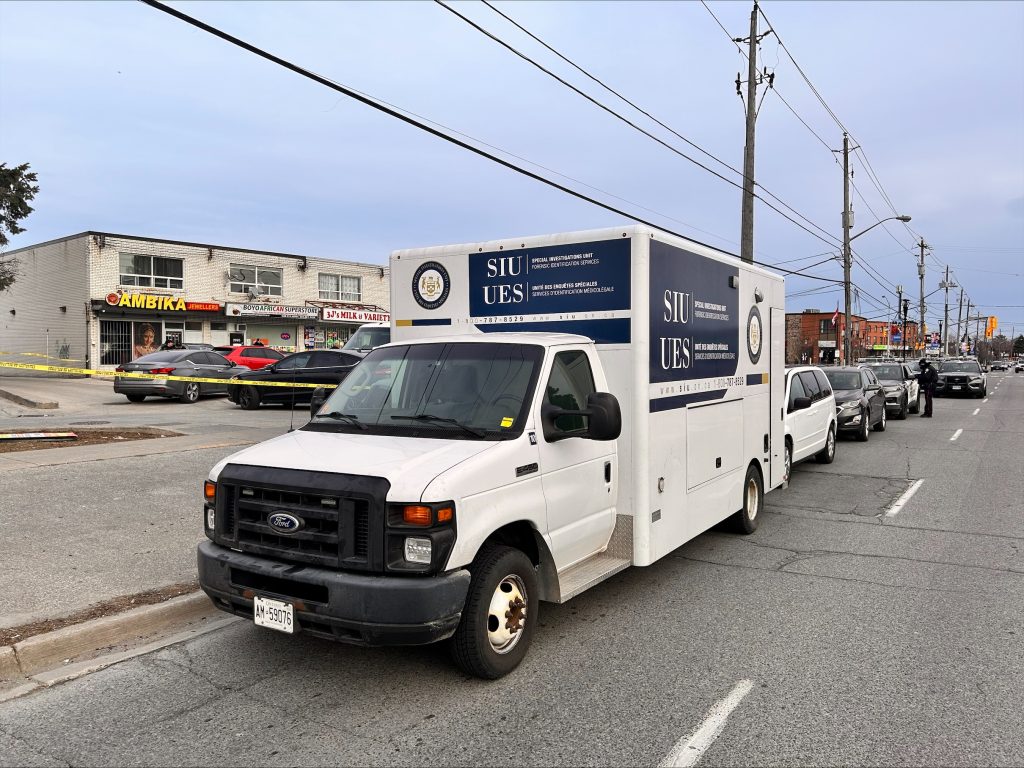Doctors, experts concerned about impact of moving more Ontario surgeries to for-profit clinics

Posted January 17, 2023 4:46 pm.
Last Updated January 18, 2023 12:19 pm.
A necessary move to save a system in crisis or an attack on the public system? That is the question being asked as the Ford government plans to expand the number and range of surgeries offered at for-profit clinics.
Doctors and experts tell CityNews there is both good and bad news when it comes to this announcement, but it depends on how the plan is implemented.
There are currently more than 200,000 people waiting for surgeries in this province. The Ontario government’s new plan promises to reduce wait times by moving low-risk surgeries like cataracts and hip and knee surgeries to private clinics, freeing up hospital physicians to focus on more complicated procedures.
The Ford government said it’s “leveraging community surgical and diagnostic centres” to eliminate surgical backlogs and reduce wait times.
“Doctors and patients alike have struggled in a system that really struggles to innovate, struggles to fix backlogs that should be fixable. These long wait times for knees and hips should never have happened,” explained Dr. Kashif Pirzada, an emergency room physician.
At a time when there’s a labour shortage inside hospitals, the top concern from doctors is more staff could be pulled away from where they are needed desperately.
Nurses in the public system have also been fighting against facing wage restraint legislation that has capped their pay rate at one per cent/a year during some of the most difficult years to practice medicine during the COVID-19 pandemic.
Dr. Amit Arya, a palliative care physician, said nurses have had to live with what effectively amounts to a pay cut during a pandemic and cost of living crisis as well.
He said there is a better way to help with the backlog, including creating a centralized waitlist and extending operating room times to evenings and weekends, which would require more staff to be hired.
“We have over 100 publicly funded hospitals which have operating rooms, and generally these operating rooms shut down except for emergent surgeries after hours.”
Dr. Pirzada says the new plan won’t help with the more pressing issue of ER backlogs in hospitals.
“If they were smart, they would try to build more urgent care clinics that would take care of a lot of the backlog we see in our hospitals and get people assessed for urgent problems faster,” he added.
There are also major concerns about upselling, meaning doctors in private clinics can offer patients services that are not covered by OHIP, therefore creating unexpected expenses.
“We do see this more often in for-profit clinics in the community,” explained Dr. Danielle Martin.
“For example, a person will be brought in for a colonoscopy, and the colonoscopy is covered by OHIP. But they’ll be told, ‘well, you have to speak with our dietician about your bowel health,’ and that meeting with the dietician won’t be funded by OHIP … so it becomes a form of upselling something we really need to watch because that undermines the whole principle of having a publicly funded system.”
“Those are consumer and patient choice options that are happening today whether they’re in community surgeons, hospitals, they’re daily happening between a surgeon and their patient, and those will continue,” said Health Minister Sylvia Jones.
Jones insists the motivation is not to privatize but to expand care for patients.
A number of healthcare unions have spoken out against this decision, but the Ontario Hospital Association said it is welcoming the opportunity to establish new partnerships between hospitals and surgical clinics to ensure access to care for patients.








